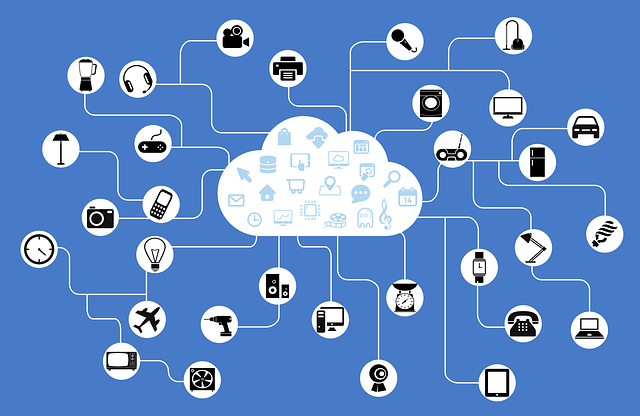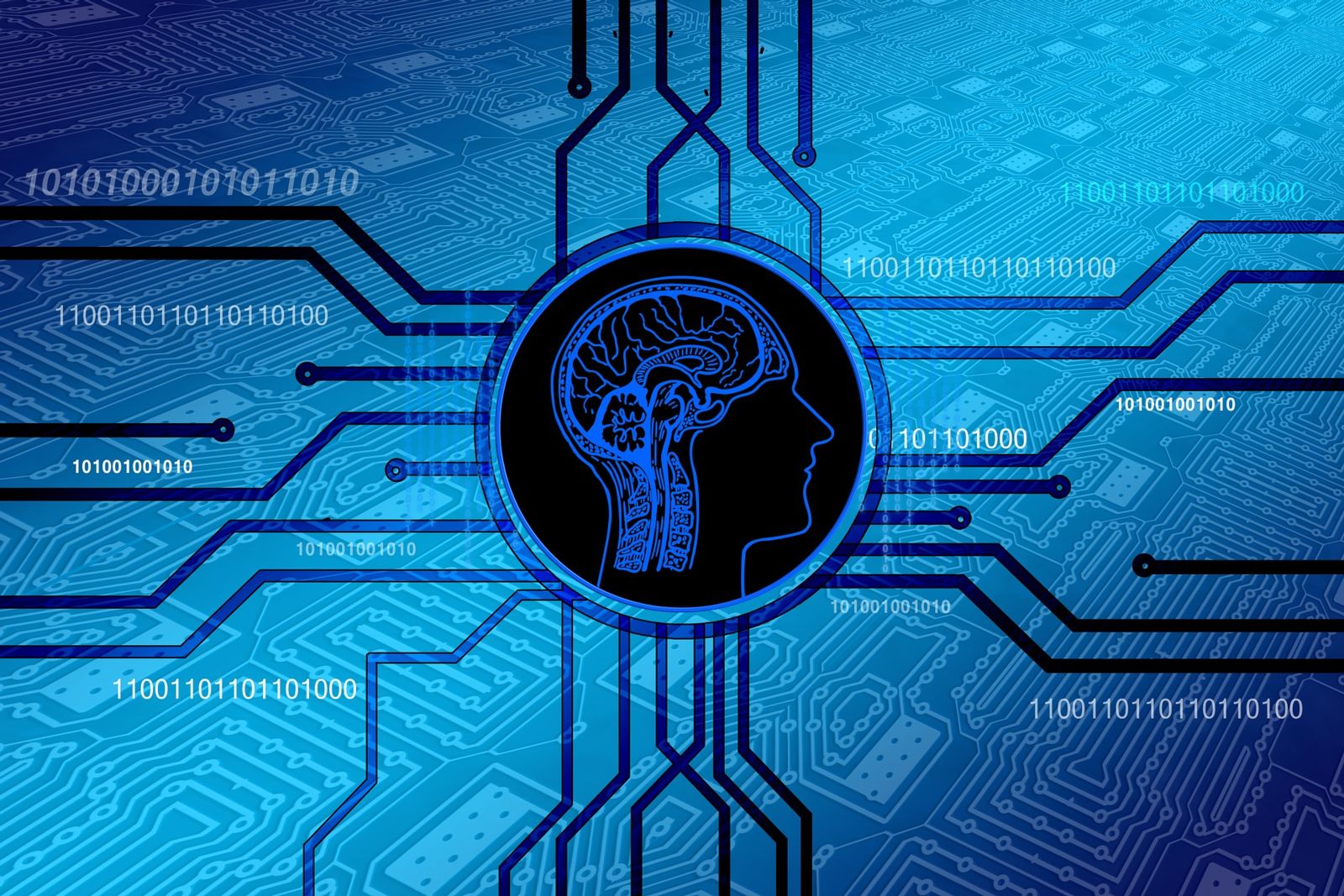Datafication
Datafication
Simply put, datafication refers to the conversion of all of the objects in our lives into software or data-driven gadgets. So, to summarise, datafication is the conversion of manual labor-intensive operations into technology that is driven by data. Data is here to stay for longer than we can ever remember, from our smartphones, industrial machinery, and workplace applications to AI-powered gadgets and everything else! Therefore, maintaining our data in a secure and safe manner has become a sought-after specialty in our economy.
As a result of datafication, there is a greater need for IT specialists, data scientists, engineers, technicians, managers, and many other occupations. Even more helpful is the availability of certification programmes in data-related specialisations for anyone with a solid understanding of technology who wants to work in this field. When it comes to data employment, talents are more important than high-level degrees, and we are seeing a lot of effective leaders emerge from smaller cities and developing nations like India. By taking a course like RPA to better your understanding of how automation functions in the realm of data, you can also arm yourself with this useful trending talent. Let's examine several well-known data careers:
- Engineers in robotics and big data
- Data Scientists,
- Business Intelligence Analysts, and
- IT Architects
A technological development called "datafication" converts many parts of our lives into data, which is then converted into information and realised as a new kind of value. In 2013, the words "datafication" and "Viktor Mayer-Schönberger" were first used in a larger context. Datafication had previously been used to describe the study of data-based representations of our lives, but not on the current scale. Big data's influence and predictive analytics' access to computational power were the main causes of this transformation.
Datafication differs from digitization, which transforms analogue content, such as books, movies, and images, into digital information, or a series of ones and zeros, which computers can interpret. Datafication is a much bigger activity that involves converting all facets of life into data. When something is datafied, its function can be changed, and the information can then be used to create new types of value.
Twitter's datafication of stray thoughts and LinkedIn's and other companies' datafication of HR are two examples of datafication as it relates to social and communication media. Aspects of the built environment, design using engineering and/or other tools, and data connections to formal, functional, or other physical media results are just a few other examples. An example of data gathering and processing for optimal control is shape optimization.


Comments
Post a Comment